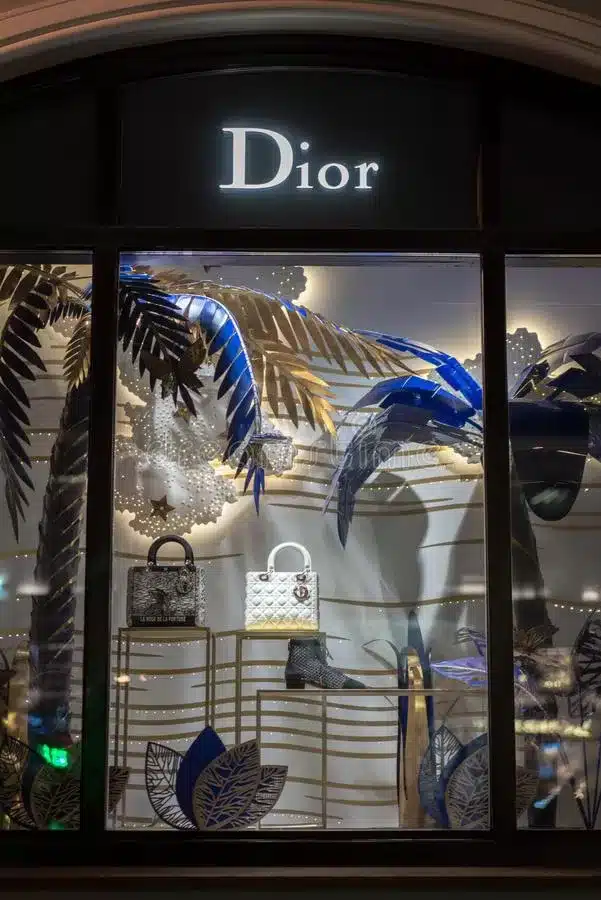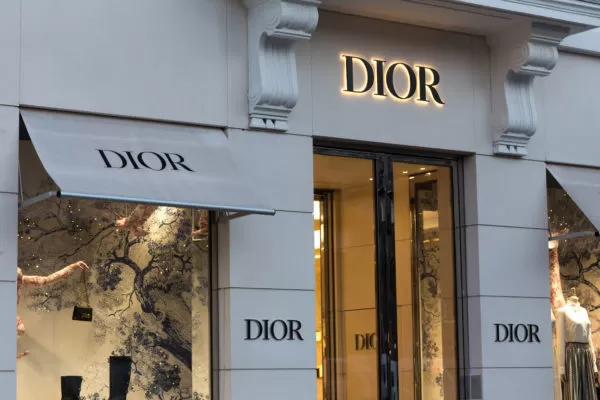Today’s consumers are more clued-up than ever, and creating an authentic brand that consumers believe in is increasingly difficult. Companies can no longer hope to simply adopt a trendy idea, says Chris Daly, chief executive of the Chartered Institute of Marketing.
He says: “Today the power is in the hands of the consumer and brands cannot afford to put a foot wrong. Consumers will quickly call out a brand that fails the authenticity test. An organisation’s brand must be authentic. It is more important that it is true than mirroring the latest trend.”
Statistics show that consumers want to buy from businesses they believe have a positive impact. Research by Unilever found that 33pc of consumers want to buy from companies they believe are doing social or environmental good.
Authentic brands should grow naturally out of a company’s business culture, says Josh Krichefski, UK chief executive at advertising giant MediaCom. “Consumers are becoming increasingly sceptical of green-washing, rainbow-washing, purple-washing or – as was coined earlier this year – woke-washing.”
He adds: “Companies must understand that creating a truly authentic brand starts with getting the business basics right and then giving consumers reasons to believe. Take Boots: it’s a brand that has chosen to champion women’s rights, and its recent support of the football Women’s World Cup was yet another chance for the company to put its money where its mouth is.”

It’s good to go eco
Almost all businesses now believe that incorporating sustainable or environmental policies is important, according to research by delivery company Citysprint, with 90pc of UK SMEs agreeing.
Done properly, sustainability can not only deliver brand benefits but bring in new business, says Louise Marshall, infrastructure and shared services director at Brother UK.
But she says it needs to be adopted at all levels of management. “Today, it’s about more than just being a role model business and doing the right thing. Working sustainably is also a requirement of tenders for new contracts, which means it’s key to remaining competitive.
“To help communicate our sustainability commitments and secure the buy-in of new and existing customers, we have recently created a dedicated ‘sustainable development co-ordinator’ role, who attends customer meetings and feeds into marketing materials.”
Of the 133 tonnes of waste produced at Brother’s head office, zero went to landfill. Such policies help Brother to find employees and win contracts, Ms Marshall says. “Our research shows that sustainability and recycling are important to three-quarters of people employed by SMEs, and that’s why the claims we make about sustainability must be backed by meaningful action – so that talented people and aspirational businesses want to be a part of our journey.”
Simple ways to strengthen your brand image
- Be transparent – Honesty is key, and that should run through all areas of your business. Even if you make a mistake, own up to it. If customers feel you have nothing to hide, they will grow to trust you much more.
- Be willing to answer questions – “I don’t know” is never the answer a customer wants to hear. Make sure your staff are well informed and trained to help customers as much as possible, and those customers will have much more confidence in your brand.
- Tell stories – It is much easier to trust a brand that has a bit of personality. Companies that relate to customers on a human level can build an emotional connection that lasts.
- Engage with customers – Loyal customers rarely stay with a company for its products alone. Great customer experiences are important too. If you build a personal relationship with customers, they will feel comfortable doing business with you.
Open conversations
Involving employees is crucial to creating a brand that feels true, says Martin Lentle, managing director, UK&I at Red Hat, an open-source software company.
Red Hat recently rebranded using an open-source method with 1,200 people feeding into the company’s rebranding efforts. It echoed the open-source nature of the company’s business. Mr Lentle says that to be authentic, company culture has to change. “To create a brand that customers will respond to, a company must pride itself on being a great place to work, both in terms of staff and employee satisfaction but, most importantly, company culture.
“Any brand seeking to be authentic needs to reverse the old conventional organisation structures, which focused on the top-down pyramid, and shift their efforts towards becoming an open organisation instead, practising the bottom-up approach.
“Through open leadership behaviours, brands can create and reinforce a unique culture, rooted in extending trust, being transparent, collaborating and promoting inclusive meritocracy.”





